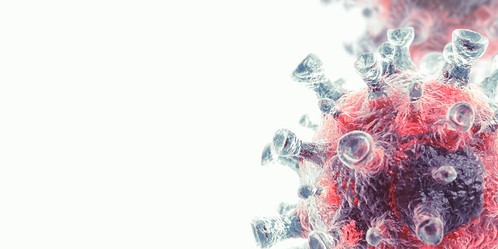« Medicine is the art of imitating the
curative processes of nature » - Hippocrate
DermoNeuroModulation
February 6th, 2020
DNM at Tamil Nadu University, India
Finally, DNM studies. You can download the first original study here and the second here.
Here are the summaries:
Under the supervision of Prof. Dr R. Nagarani, M.P.T, Ph.D. and Prof. Dr B. Kannabiran, MPT., Ph.D, candidates to the degree « Master of Physiotherapy » have done research and presented their final thesis at Tamil Nadu Dr. M.G.R Medical University, Chennai with DNM in the background. Professors Nagarani and Kannabiran (who also studied Bowen with me) were
part of my DNM class, in India, October 2018. The first thesis was presented by Mr. K. Mathankumar who was also part of my DNM and Bowen groups in India.
« Effectiveness of DermoNeuroModulation on pain reduction and shoulder internal rotation improvement in postoperative SLAP tear among athletes - an experimental study. »
Thesis submitted in partial fulfilment of requirements for Master of Physiotherapy Degree course from the Tamil Nadu Dr. M.G.R Medical University under the Registration No.271750024
Two hypotheses :
a) Null Hypothesis
Based on the literature review study the Null hypothesis is stated as “There is no significant improvement with DermoNeuroModulation along with Conventional Physiotherapy on Pain reduction and Shoulder Internal Rotation improvement in Post-Operative SLAP tear among athletes”.
b) Alternative Hypothesis
The alternative hypothesis is stated as “There is a significant improvement with DermoNeuroModulation along with Conventional Physiotherapy on Pain reduction and Shoulder Internal Rotation improvement in Post-Operative SLAP tear among athletes”.
Results :
« Data collected through this study showed improvement on pain reduction and Internal
Rotation range in Post-Operative SLAP Tear among athletes when given DermoNeuroModulation along with Conventional Physiotherapy programme. The improvement is not only in the pain reduction, but also in the restricted range of motion of the shoulder in all planes, especially internal rotation. »
Conclusion :
« The results of the statistical analysis showed significant improvement in both the groups. However, comparing the post-test values of both groups, Group I (DNM + physiotherapy) had significantly more improvement than Group II (physiotherapy only). »
« Hence we reject the null hypothesis and accept the alternative hypothesis which is stated as there is a significant improvement with DermoNeuroModulation along with Conventional Physiotherapy than Conventional Physiotherapy alone on pain reduction
and internal rotation improvement in postoperative SLAP tear among athletes. »
The second thesis was presented by Mr. K.A.Nishar Basha.
« A study on the effectiveness of DermoNeuroModulation on neck pain and disability among patients with cervical spondylosis. »
The hypothesis :
« It is hypothesised that there may be no significant difference in reduction of pain following DermoNeuroModulation among patients with cervical spondylosis. It is hypothesised that there may be no significant difference in disability following DermoNeuroModulation among patients with cervical spondylosis. »
Conclusion :
« An experimental study was done to find out the effectiveness of DNM in pain and disability among patients with cervical spondylosis. 10 clinically diagnosed cervical spondylosis patients were included in this study and DNM was given for a period of four weeks, pain and disability were assessed by VAS and NDI before and after the interventions respectively. From the statistical results, it can be concluded that there is
a reduction in pain and disability. Therefore, DermoNeuroModulation is more effective in reducing pain and disability among patients with Cervical Spondylosis. »
« Chronic pathologies like cervical spondylosis might be best treated by touch-based treatments such as DermoNeuroModulation. Hence, the hypothesis for the study is rejected. »
I'm very proud of my students. They're making manual therapy really big. Another group is trying to better understand Bowen, we will have
results from their work next year. Thanks to them, Dr R. Nagarani, Dr B. Kannabiran, Dr. K. Mathankumar, Dr. K.A.Nishar Basha et Dr, Prem V.
Thank you for giving us the tools we will need to make manual therapy recognised and accepted, to bring more ease and comfort to our patients.
Louise Tremblay
